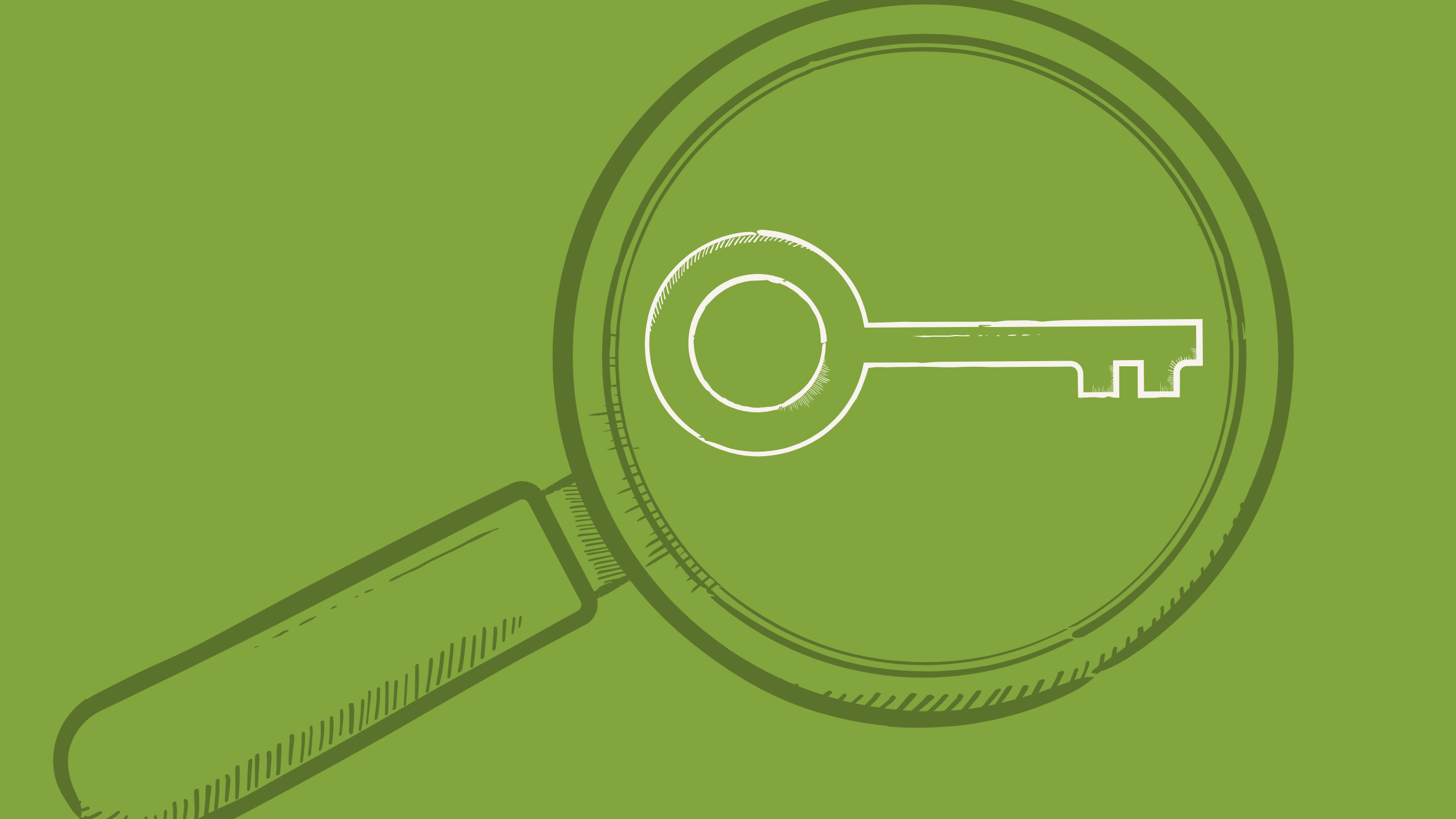In our latest webinar, we talked about what audience personas are and why you need them. Read on to learn more about creating your audience personas. Be sure to read our Part 1 blog post for the background information, or you can watch a recording of the entire webinar at the bottom of this post.
Creating Your Audience Personas
Before you start forming your audience personas, you need to know what elements to include. You can start by using data from your current audience, as well as any research you have access to that would be helpful in determining who your audience is. You’ll also want to take into consideration the demographics and psychographics of the types of people you want to connect with.

Demographics will help you establish WHO your audience is. These are the external and surface factors regarding who your audience is and create important dividing lines when it comes to sales and marketing. These factors include things like:
- Gender
- Location
- Marital status
- Education
- Occupation
- Disabilities
- Family size
- Language
- Mobility
- Income

Psychographics refer to the WHY or reason why an individual is motivated to take an action like purchasing a product or service, investing in an organization or business venture, etc. Psychographics can include:
- Activities
- Behaviors
- Hobbies or interests
- Social class
- Personalities
- Lifestyle
- Influences
- Daily habits
- Values
- Opinions
- Attitudes
Other factors to consider include where these individuals receive information (TV, social media, online news sites, etc.), shopping preferences (brick and mortar retail shops, online retailers, etc.), and career choices. Also worth considering as you flesh out your audience personas are client goals and challenges, as well as quotes or testimonials. In addition, you can also start listing out how you can help your client overcome their challenges, reach their goals, and create a marketing message that addresses their solution.

There are many different ways to collect this information. You can start with any information you have on file for your current clients to begin your audience personas. Other ways you can collect information include surveys of your current clients, surveys conducted on social media, reviewing social media and website analytics, among others. If you have access to market research, you can also use it to your advantage as it will give you specific insight into how and where people consume information and other valuable information related to consumers and their needs and preferences.

How Many Do I Need?
The number of audience personas to create will vary from one business or organization to the next. For example, for those with business-to-business products and services, you would want to create audience personas for the types of individuals who would be decision makers in their companies (think CEOs, CFOs, etc.), while a company offering business-to-consumer products and services will likely need to create several audience personas based that cover the range of types of individuals that they want to be their customers.
Nonprofit and franchise businesses have some pretty definitive audience personas worth creating. For nonprofits, these include donors, volunteers, and board members (people that have the financial resources, time, and/or leadership experience to contribute), as well as audience personas for the people they provide services to. Franchise businesses not only need to think about audience personas from the customer perspective, but also for the purpose of franchise sales by creating audience personas for investors and other business-minded people.

Ultimately, there isn’t really a set number of audience personas you need to create. The point is to think about your business or organization and consider who you’re currently reaching and who you want to reach, as well as deciding which segments are going to give you the best return on investment, and create as many audience personas as you need.

How Often Should I Update My Audience Personas?
Similarly to how there is no one right answer for how many audience personas you should create, there’s also no right or wrong answer for how often you should update your personas. The main thing to remember is to update them often enough so that your established audience personas are fresh and relevant, and to always be mindful of opportunities for adding a new audience persona to your list. Aim to review and/or update your audience personas on a consistent basis, whether that is quarterly, bi-annually, or once a year.
There’s a lot that goes into creating audience personas, but it is well worth the time! As always we are here if you have questions about the process, so don’t hesitate to reach out with any questions!




